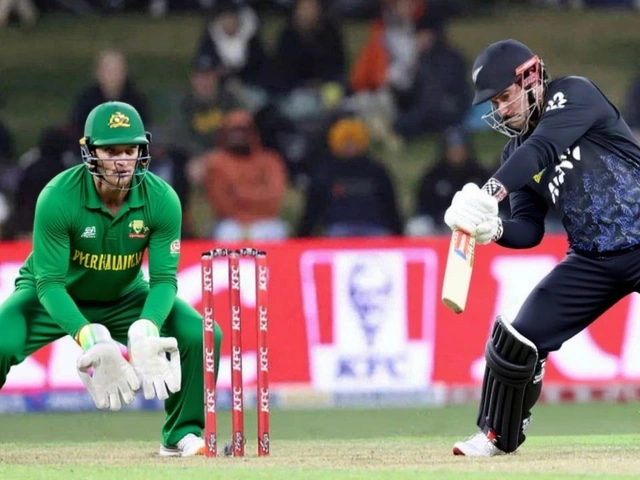Business: Market Moves, Gold Prices & Investment Strategies
When talking about Business, the organized activity of producing, buying, selling, or providing goods and services. Also known as Commerce, it drives economies, creates jobs, and shapes everyday life. Business isn’t just about big corporations; it includes small traders, freelance professionals, and even seasonal markets that pop up during festivals. Understanding the forces that move Business helps you spot opportunities before they become headlines. For instance, a sudden shift in commodity pricing can ripple through supply chains, affect consumer confidence, and alter investment decisions across sectors.
Key Business Themes Shaping Today's Market
One of the hottest topics in Business right now is Gold, a precious metal used for jewelry, reserve assets and investment. Known alternatively as bullion, Gold’s price spikes often signal broader economic sentiment. When Gold reaches a record level—like the Rs 1.34 Lakh per 10 g mark on Dhanteras 2025—it reflects a mix of RBI buying, festive demand, and investor anxiety about inflation. Gold isn’t just a shiny metal; it’s a benchmark for safe‑haven investing, a hedge against currency volatility, and a barometer for wealth preservation. Analysts watch Gold closely because its movement can influence everything from bank loan rates to the cost of manufacturing electronics that use gold plating.
Another pillar of Business is Investment, the allocation of capital to assets with the expectation of future returns. Also called capital deployment, Investment links directly to market confidence and risk appetite. When Gold prices climb, many investors re‑balance portfolios, shifting funds from equities to precious metals or vice‑versa depending on perceived risk. Investment decisions are also shaped by central bank policies—here, the Reserve Bank of India (RBI) plays a crucial role. RBI’s buying of gold adds liquidity to the market, affecting price curves, while its interest‑rate moves dictate borrowing costs for businesses. Together, Gold and Investment create a feedback loop: higher prices attract more capital, which can push prices even higher, prompting analysts to advise buying on dips. This dynamic illustrates how Business encompasses both macro‑economic policy and individual financial strategy.
The seasonal factor of Dhanteras adds another layer to Business analysis. Dhanteras, a major Indian festival, spikes demand for gold jewelry, driving prices upward in the short term. Retailers prepare months ahead, ordering extra stock, adjusting marketing spend, and negotiating terms with suppliers. This surge ties cultural traditions directly to commodity markets, showing that Business is not isolated from social behaviors. Moreover, the record Rs 1.34 Lakh price exhibited how festive demand combined with RBI’s strategic purchases can create a perfect storm for investors seeking short‑term gains. Financial analysts, market makers, and everyday shoppers all watch these trends, because a price jump can affect loan eligibility, insurance premiums, and even consumer sentiment across unrelated sectors like real estate and automotive sales.
Below you’ll find a curated list of Business articles that dive deeper into gold market mechanics, investment timing, RBI policy impacts, and seasonal demand patterns. Each piece breaks down complex data into actionable takeaways, helping you make smarter decisions whether you’re managing a portfolio, running a retail outlet, or simply curious about how today’s market moves shape tomorrow’s opportunities.
27
iPhone 16 Drops Below Rs 40,000 in Croma's Black Friday Sale — Biggest Discount Yet
Croma's Black Friday sale offers the Apple iPhone 16 for Rs 39,990 — its lowest price ever — through stacked discounts, bank cashbacks, and up to Rs 29,000 trade-in value. Valid until November 30, 2025.
23
Banks Closed 11 Days in November 2025 for Guru Nanak Jayanti and Regional Holidays
Banks across 21 Indian cities will close on November 5, 2025, for Guru Nanak Jayanti, part of an 11-day holiday stretch including Sundays and regional festivals. Digital services remain open, but in-person transactions will be disrupted.
18
Gold Hits Record Rs 1.34 Lakh on Dhanteras 2025; Experts Advise Buying Dips
Gold hit a record Rs 1.34 lakh per 10 g on Dhanteras 2025, driven by RBI buying and festive demand; analysts advise buying on dips.





